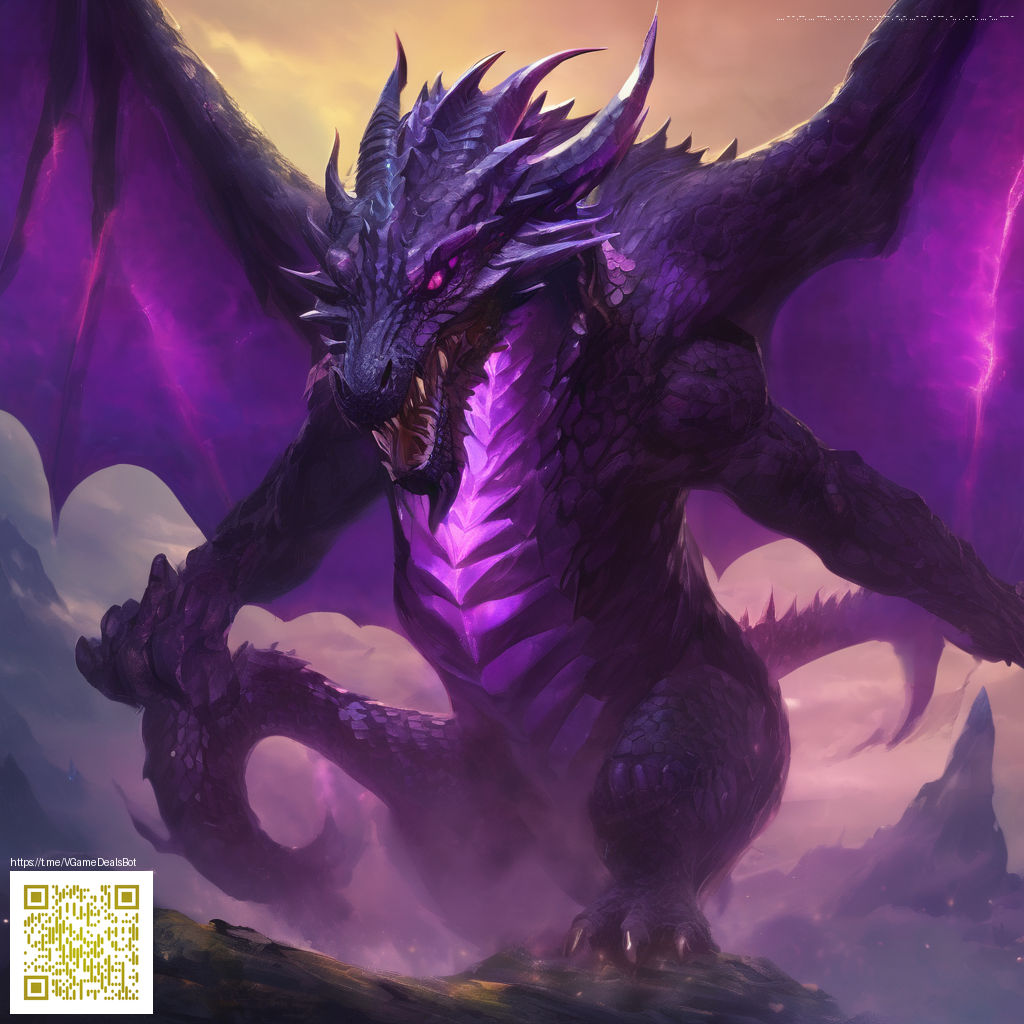
Texture mapping is the craft of translating real-world textures to digital objects. When you want a surface to read as authentic paper in a 3D scene or a 2D render, texture work becomes as crucial as lighting and color management.
Textures that tell a surface's story
To achieve convincing digital paper, you rely on a hierarchy of texture maps that simulate color, depth, and light interaction. A well-balanced set can make a flat surface read as tangible, with grain, fiber, and edge detail that respond realistically under different lighting conditions.
- Albedo/Color map defines the surface color and subtle variegation of fibers or grain.
- Normal map simulates micro-roughness by altering the surface normals to fake relief.
- Roughness/Glossiness map controls how shiny or matte the surface appears under lighting, essential for paper glare.
- Ambient Occlusion adds shadow detail in creases and folds of paper layers.
- Displacement map physically deforms the mesh to create thickness, curling, or edge bevels.
UV mapping and seamless textures
Graphic sheets of paper require careful UV layout. If you tile a paper texture across a surface, you need seamless tiling and minimal distortion. Techniques like UDIMs or atlas-based UVs help manage large scenes, while unwrapping decisions influence how grain alignment appears across corners and folds.
Lighting considerations and PBR
To achieve realism, lighting must interact with the texture in a physically plausible way. In a PBR workflow, you’ll pair a base color map with a roughness map and a normal or bump map. For paper looks, the micro-shaded edges and subtle hue shifts create a convincing surface. Remember: specular highlights on a matte paper surface are delicate—avoid over-shining, or you’ll kill the tactile feel.
“Texture is not decoration; it is a coordinate system that guides the viewer’s eye along the surface,” as a seasoned texture artist might say. When done well, the eye reads dust, fibers, and ink deposition as a single, cohesive material.
In practice, begin with a high-resolution scan of the target paper or a photogrammetric texture, then bake that detail into maps that your render engine can read. This ensures the grain direction, fiber density, and edge fibers remain consistent as your lighting shifts.
From digital to tactile: applying texture to surfaces
In product visualization, the goal is to evoke tactile responses—papers that feel rough in the mind’s touch. For instance, if you’re modeling accessories with a paper-like finish, you’ll want to align the grain with the object's geometry. If the narrative involves a desk setup featuring a neon accessory, you might reference a real-world product for color and weave cues. For example, the Neon Gaming Mouse Pad 9x7 Custom Neoprene Stitched Edges can serve as inspiration for how stitched edges catch light and how the surface transitions from fabric to rubber. See the product page for reference.
Texture mapping is not only for 3D scenes. 2D compositing benefits from accurate paper textures as well, especially in mockups and print-like digital assets. When you add a design-centric page, you can study how real textures interact with typography and shadows, reinforcing the illusion of depth without physical materials.
Practical tips for getting it right
- Start with high-resolution textures and scale your maps to avoid visible tiling artifacts on close-ups.
- Match grain direction to the object's geometry to preserve realism when rotated or viewed from different angles.
- Calibrate your color workflow to preserve the subtle warmth or coolness of real paper under varied lighting.
- Use a dedicated alpha for ink on paper to avoid bleeding into the surrounding material in composite shots.
If you’re curious to see how texture maps translate to a concrete product, experiment with a project that sits between digital art and real-world material. The practical takeaway is that meticulous texture maps—paired with thoughtful lighting—can transform an ordinary render into something that invites touch without ever having to touch the screen.